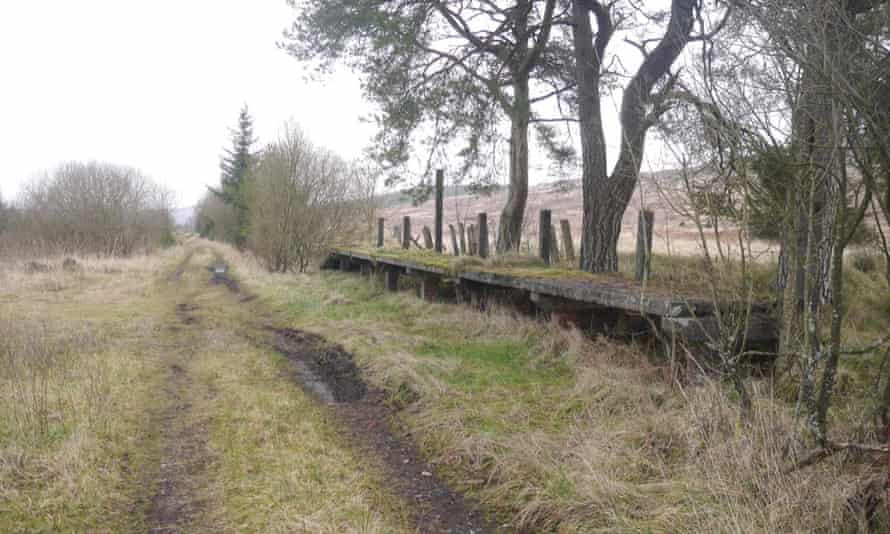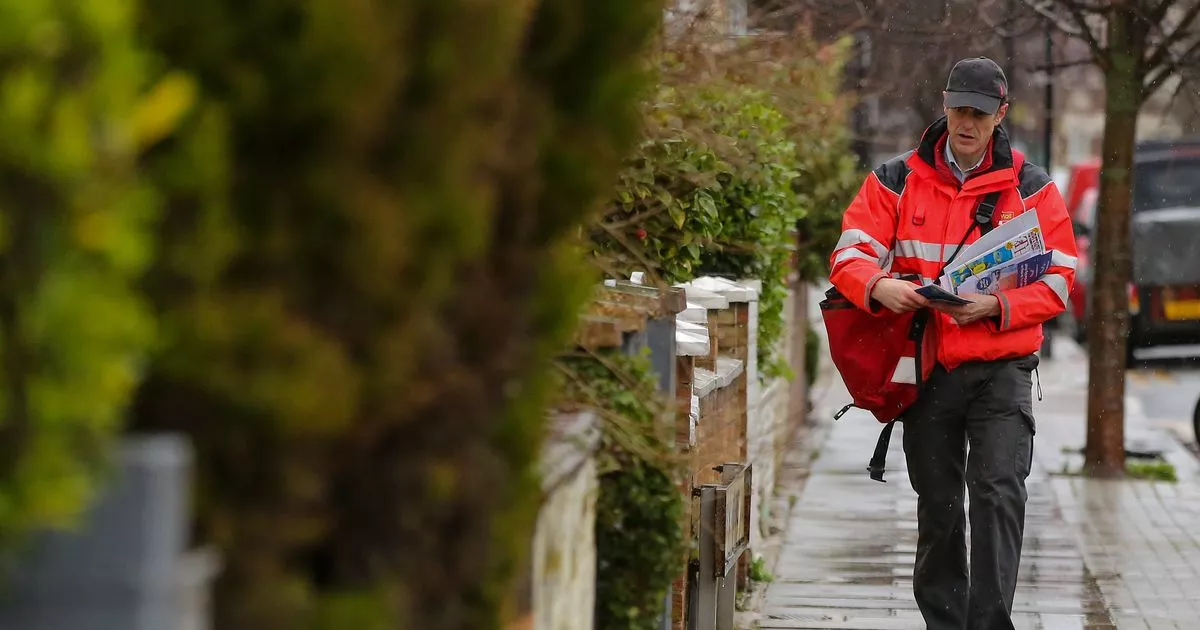Galloway, as John Buchan wrote in The Thirty-Nine Steps, is “the nearest wild part of Scotland”, by which he meant the nearest to England, and in this particular context to the London railway terminus of St Pancras, where his hero, Richard Hannay, boards a train on a morning some time before the first world war, a fugitive from a foreign enemy and English law. He heads north, and changes at Dumfries to the slow Galloway train that “rumbled slowly into a land of little wooded glens and then to a great, wide moorland place, gleaming with lochs”.
The familiar story unfolds. He leaves the train at a wayside station, enjoys the hospitality (ham and eggs, and scones) of a luckily encountered shepherd’s wife, and the next morning, hoping to throw his pursuers off the scent, strides out across the moors to a station further west, intending to take a train back towards Dumfries and London. This second station is described in detail. The moor “surges up” around it, leaving just enough room for a single line of track and a slender siding, together with a waiting room, an office, the stationmaster’s cottage and “a tiny yard of gooseberries and sweet-william”. A lonely place: “There seemed no road to it from anywhere.” A loch – “a little tarn” – lies close by. Hannay buys a ticket and doubles back on the next eastbound train.
Reading the book in my early teens, I relished the idea of a remote station that had no road to it, embattled, windswept, with a coal fire glowing in the waiting room, waiting for travellers who never arrived. I had never heard of a roman à clef, but like many readers I liked to think that novels drew on a specific reality outside themselves, that a little detective work might find “the real thing”. Eventually, I came across an old Bartholomew’s map and found what had to be the very place: Loch Skerrow Halt, high on the moor above Gatehouse of Fleet and next to a little loch, no sign of other human habitation, roadless and apparently pointless. (In fact, the halt served a loop where two trains could pass each other.) I wanted to go there, perhaps with a picnic and the girlfriend I had yet to find, but the station closed before I could; two years later, in 1965, the last trains ran through it when the entire Galloway line from Dumfries to Stranraer was abandoned, all 70-odd miles of it worked till the end by steam locomotives.

In most ways it was a quintessential rural railway: slow, meandering, inconvenient (Gatehouse of Fleet station was seven miles from the village of Gatehouse of Fleet), with infrequent passenger trains and the freight mainly cattle and milk. Unseen, unheard, too, except by signalmen and insomniacs, a different kind of train came through at dead of night. In another setting – Provence, say – it would be described as romantic. The Northern Irishman, a sleeping-car express, left London Euston at 7.30pm and Dumfries at 3am to reach Stranraer, the harbour station, soon after 5 in the morning. The ferry for Larne left at 7. Sleeping-car passengers could stay in their berths for an hour, or board the ship early and take a bunk in a cabin for a six-shilling supplement, rising to £2 if you wanted to sleep grandly and alone. The crossing took two hours and a quarter. Another train at Larne got you to Belfast for a rather late breakfast at five past 10.
History is never as rigidly sequential as bad films imagine. Periods coexist and pass in the night. Until June 1965 it was still possible to lie half-awake in the Stranraer sleeper and hear the steam engine in front toiling up the steep gradient to the Galloway moorland; but that same month the Beatles were in Abbey Road studios recording the last tracks of their fifth LP. The unexpected must always be expected. Which traveller from the mainland, stepping into Belfast from York Road station in 1965, could have predicted the turbulent future, only a few years away, of this solid, toiling, repressively Presbyterian city with such a majestic city hall? Likewise, who could have expected a scheme to link Scotland (or Great Britain as it still is) to Northern Ireland by a 25-mile railway tunnel, roughly following the old ferry route across the North Channel from Stranraer to Larne?
Or, rather, who could have expected it to be taken seriously, given the cost to the UK government, the pressure on public finance, and the likely political reconfiguration of both Britain and Ireland? Like many eye-catching projects – cross-country monorails, airports in the Thames – a tunnel or bridge between the two islands has had its occasional moment in the sun over several decades, but it owes its most recent incarnation to Alan Dunlop, a visiting professor of architecture at universities in Liverpool and Aberdeen, who in 2018 proposed a road-and-rail bridge that would create “a Celtic powerhouse” that stretched across Scotland and the island of Ireland. He estimated a cost of between £15bn and £20bn.
Which of us predicted a favourable reception for the idea? Not me nor several others. But despite its critics, political leaders in all parts of both islands have felt its magnetic pull. Something different, new, big, cheerful; something in Boris Johnson’s case that enabled him to pretend that Britain’s links with Northern Ireland were growing, or would ultimately grow, stronger rather than weaker.
The scheme has changed as it has matured. A vast munitions dump on the seabed and the North Channel’s frequent storms have made a railway tunnel likelier than a bridge. The High Speed Rail Group, led by Peter Hendy, the chairman of Network Rail, is expected to publish an interim report within weeks. There is already talk of building a high-speed line along the abandoned route of the Northern Irishman. Last week the Tory MP Simon Hoare said, “The trains could be pulled by an inexhaustible herd of unicorns overseen by stern, officious dodos”, and the scepticism is certainly deserved. Thanks to a difference in railway gauges – the result of a decision made by the UK government in 1846 – the unicorns in Ireland would need to be more than six inches wider.
I never reached Loch Skerrow. Photographs show the remains of a concrete platform, a few wind-bent trees and a grassy track curving gently across the moor. It would be good to see a train here again – a modest one, connecting the Galloway towns to Dumfries and the world beyond. Unfortunately, fantasy has replaced modesty as a British affliction.



